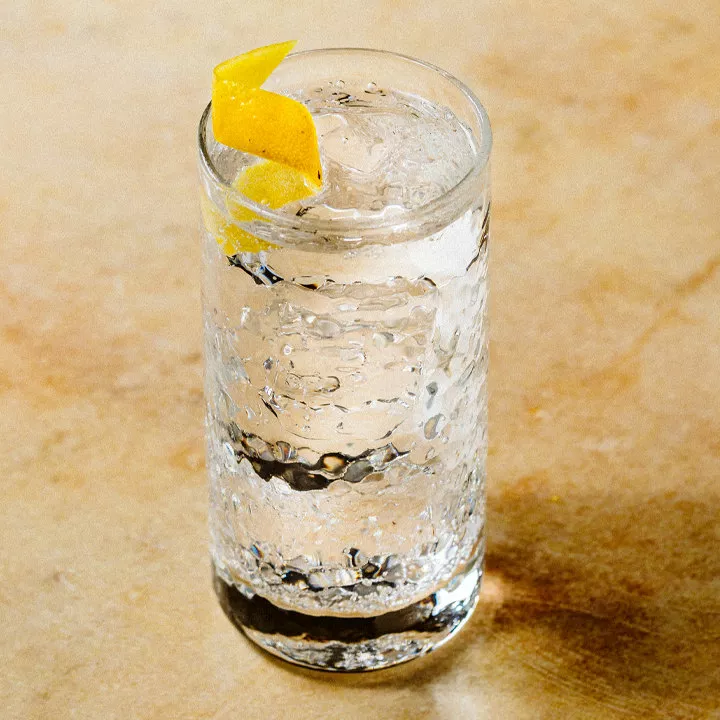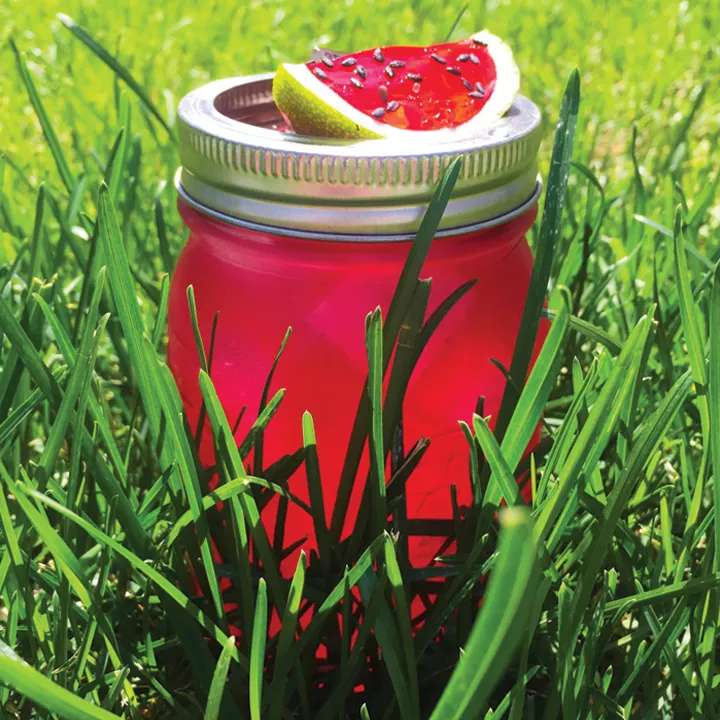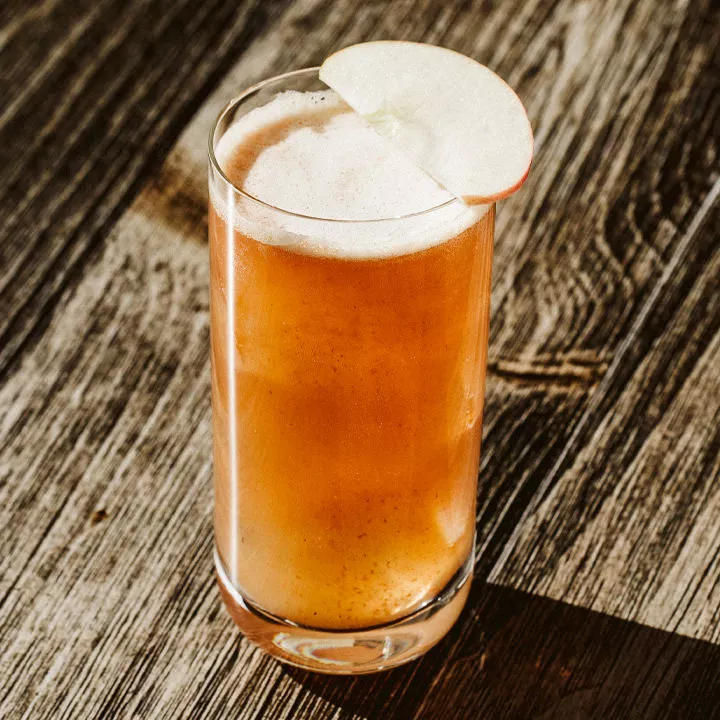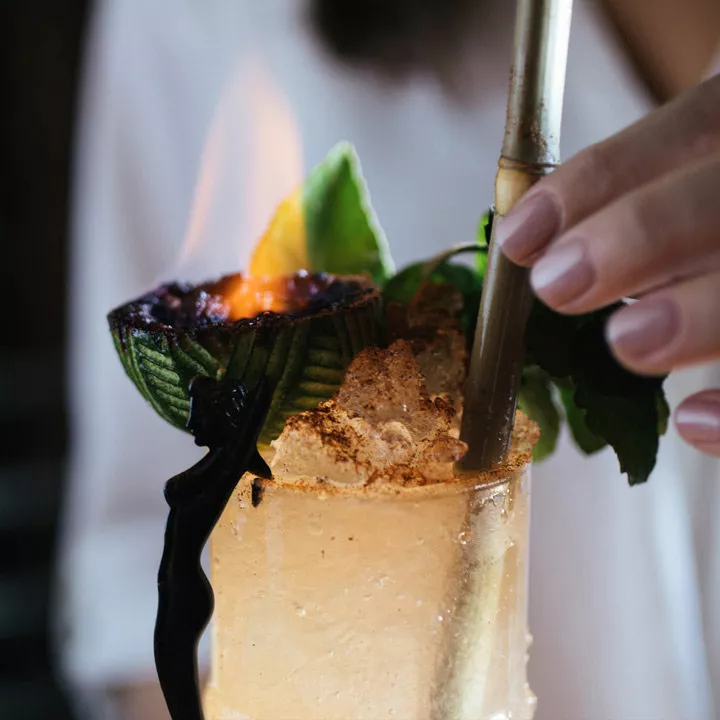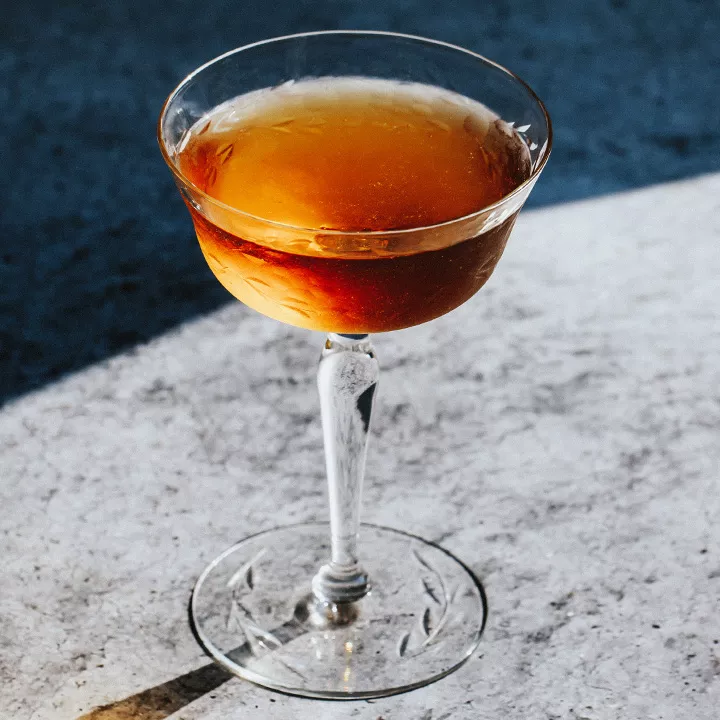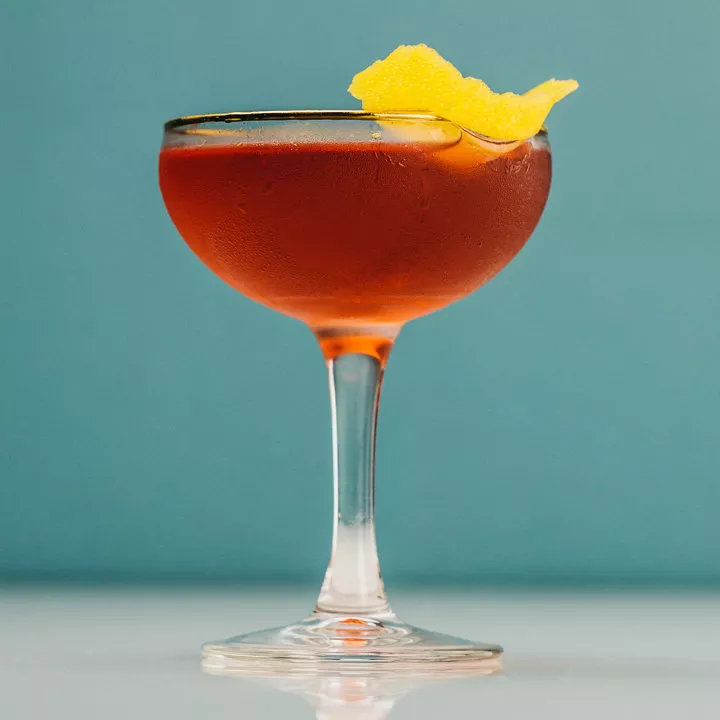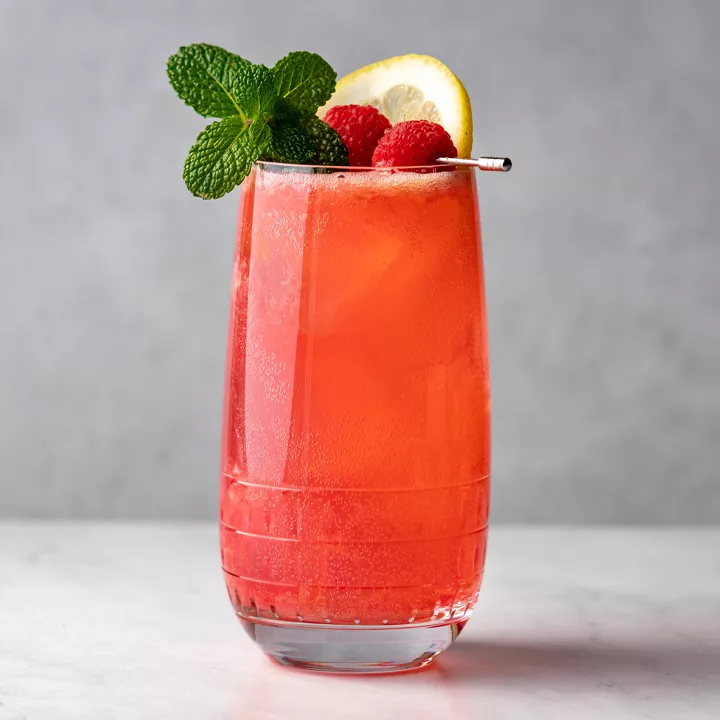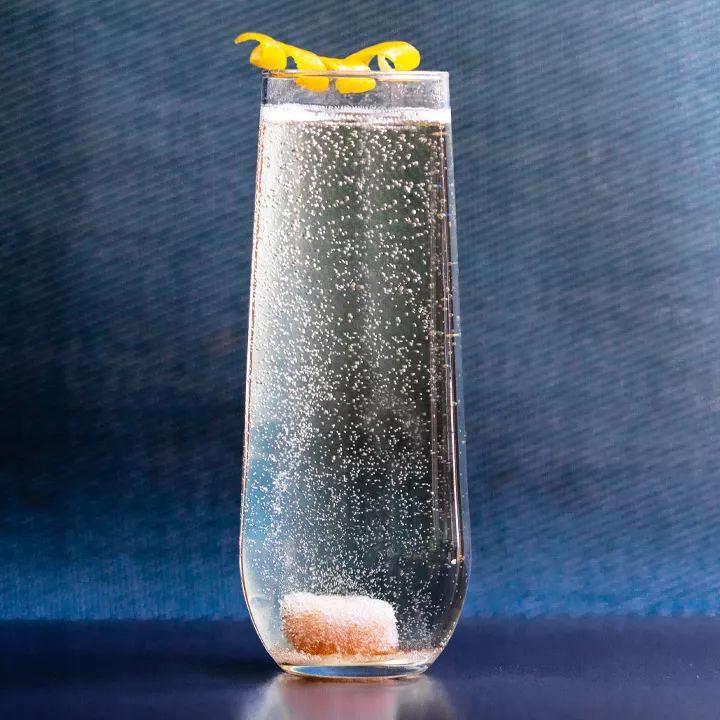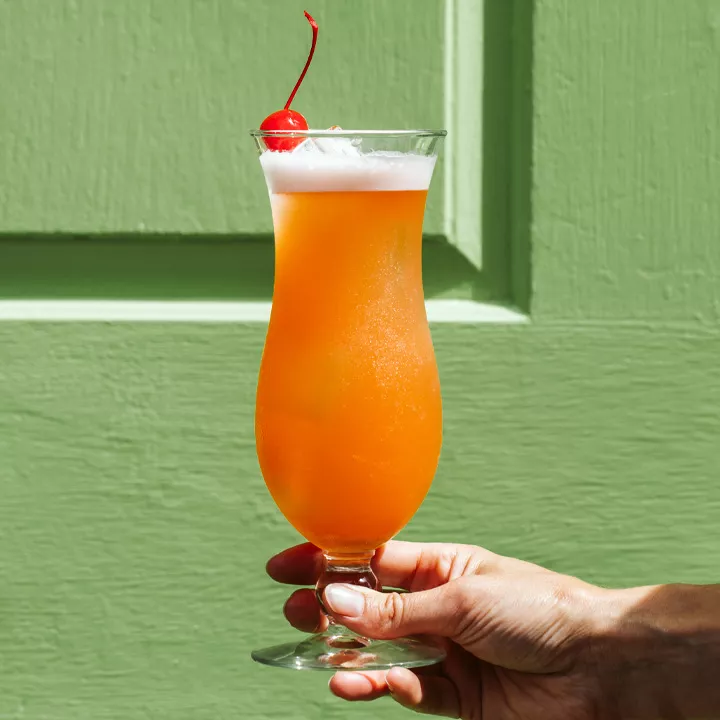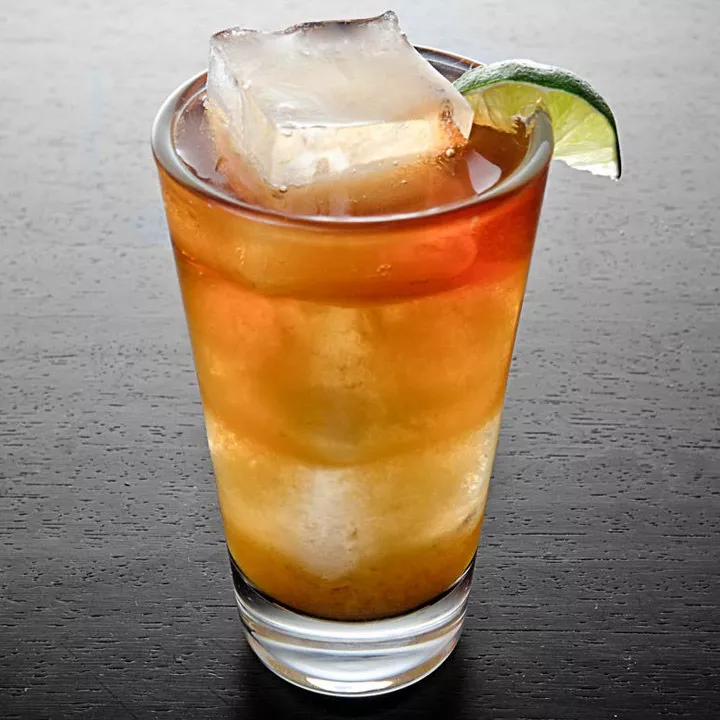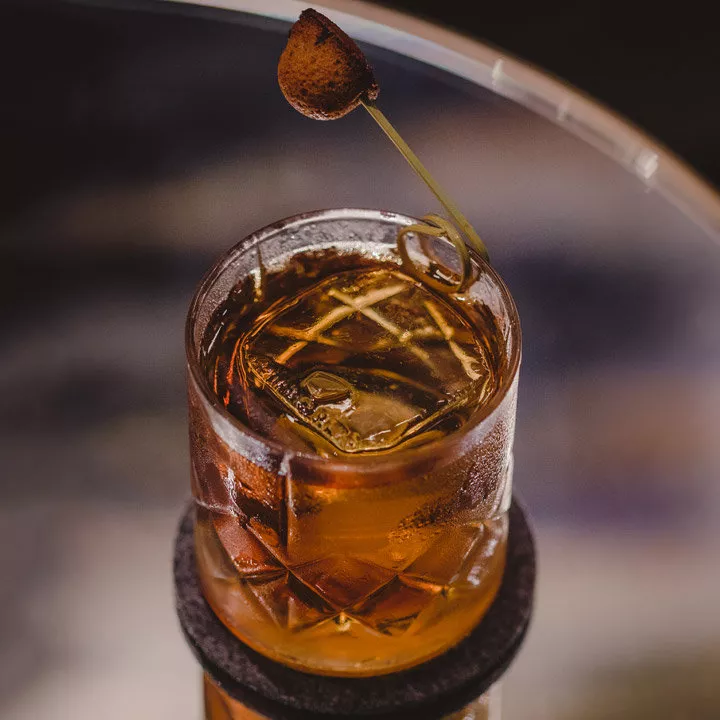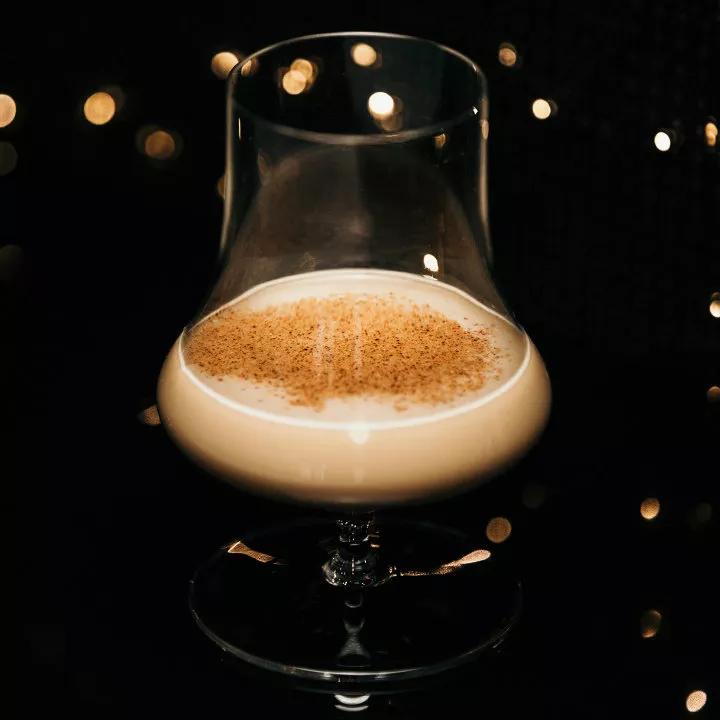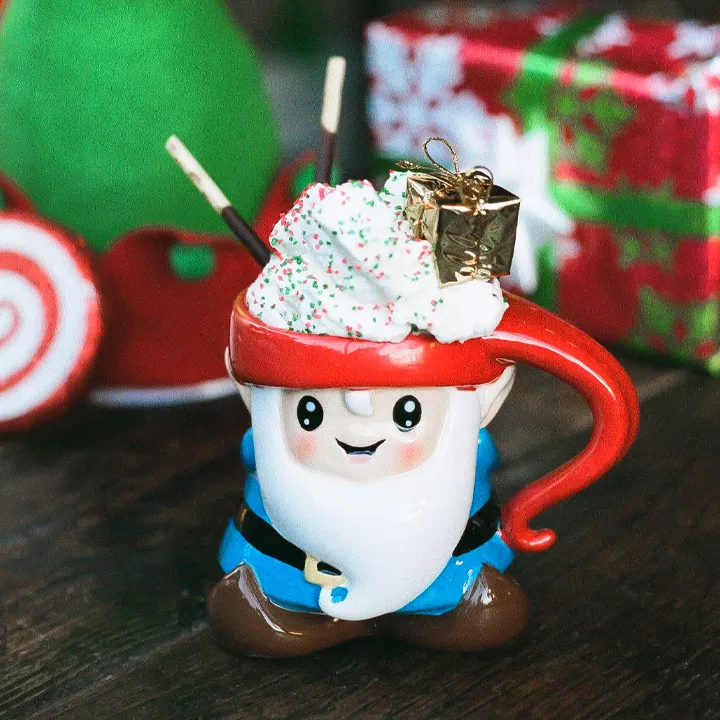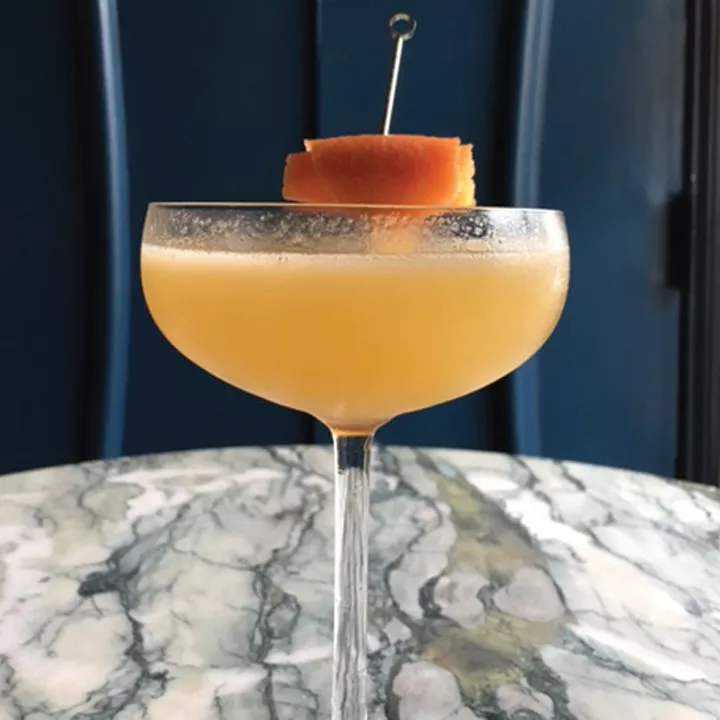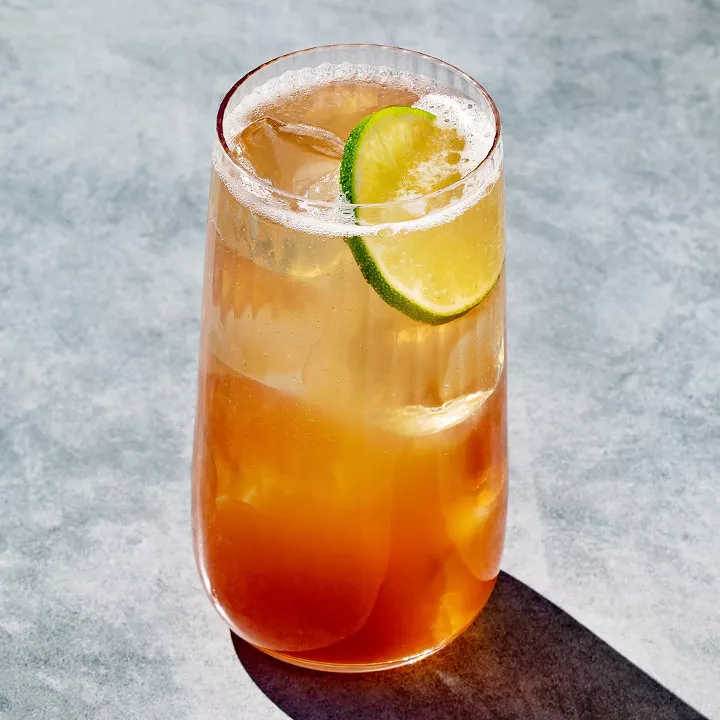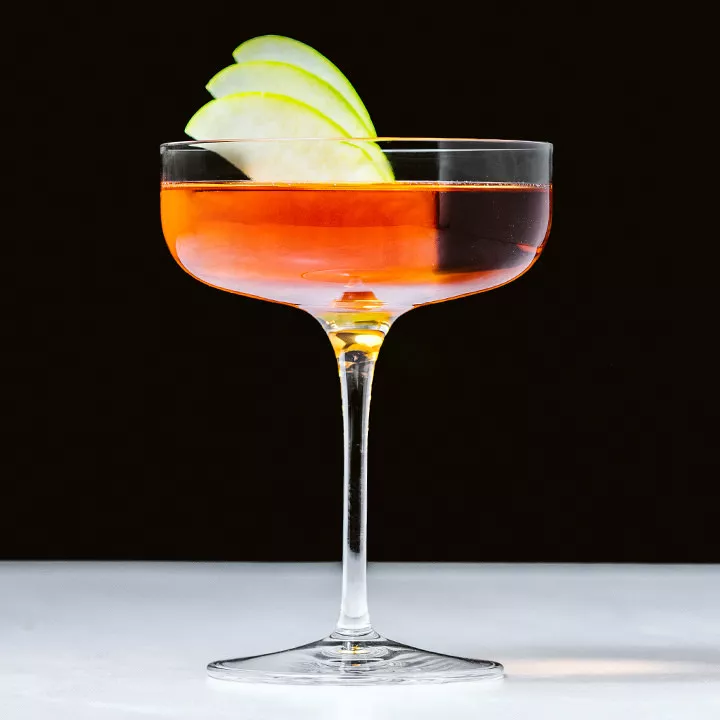Gin Sonic
The Gin & Tonic is a two-ingredient refresher that has been quenching thirsts since around the mid-1800s. Despite its simple makeup, the drink demands your attention and can vary drastically depending on the gin, tonic and even the garnish you choose. Split that tonic with an equal measure of club soda, however, and you've made an entirely different drink.
The Gin Sonic (soda + tonic = “sonic”) has been popular in Japan for years, but only began to find a footing in the United States in the late 2010s. Now, many bartenders around the U.S. are making the light, refreshing cocktail in their bars, helping to spread its charms to drinkers more accustomed to Vodka Tonics and G&Ts.
The name suggests something big and powerful. But at its core, the Gin Sonic is a somewhat healthier version of the Gin & Tonic, made of combining gin with equal parts club soda and tonic water. It not only reduces the amount of sugar in the drink and some of quinine's inherent bitterness but also allows for the gin's botanical flavors to pop.
“Gin & Tonics can be too sweet,” says Victoria Vera, who added this version of a Gin Sonic to her menu at Tsunami Panhandle, a sake and shochu bar and restaurant in San Francisco. “When you do half soda, it balances it and brings out the flavor of the gin.” She recommends serving the drink in a highball glass because it evolved from not just the G&T but also the Whiskey Highball. “What makes it so refreshing is that extra soda water and tonic water, which a shorter rocks glass would not be able to carry.”
As with a Gin & Tonic, you can change the garnish depending on what botanicals contained in the gin you're using. With Japanese gins like Roku and Nikka Coffey, Vera likes to use a yuzu peel, while a more citrus-forward gin might require a lime or lemon. Hendrick's gin, known for its cucumber and rose accents, works perfectly with a cucumber garnish.
“The Gin Sonic allows for simple and subtle garnishes to play a supporting role in the flavor of the drink,” adds Simon Ford, the founder of Fords gin. “Just a slice of lemon, orange or grapefruit works wonders, or floating an herb like a sprig of lemon verbena adds a subtle and bright freshness.”
Masahiro Urushido, the owner of New York City's Katana Kitten, agrees with Ford. He prefers using a juniper-forward London dry style along with a fresh citrus peel or lime wedge to balance the drink's piney notes.
“Soda has the power to soften gin's edges; it can bring out flavors that might have been too acute otherwise,”says Danny Shapiro, a partner in Chicago's Scofflaw Group, which owns the popular gin-focused bar Scofflaw. “I'd go with higher-proof gins, above 45% ABV, for the Sonic treatment.”
But it's also how it's made that can make or break a drink, in Urushido's opinion. He tasted his first Gin Sonic almost 20 years ago but admits it likely didn't have a name back then. He was living in Japan and working in an upscale restaurant after high school where they had smaller bottles of higher-quality soda water and used hand-carved ice with well-selected spirits, he says.
“It's always about the right vessel and ice and those details,” says Urushido. “If you just use shitty ice, it just melts right away, so it kind of tastes like flat tonic water. In the right context, you can actually taste the difference between gin and tonic and what's so great about the Gin Sonic.”
Directions
- Fill a highball glass with ice, then add the gin, club soda and tonic.
- Garnish with a yuzu twist.
